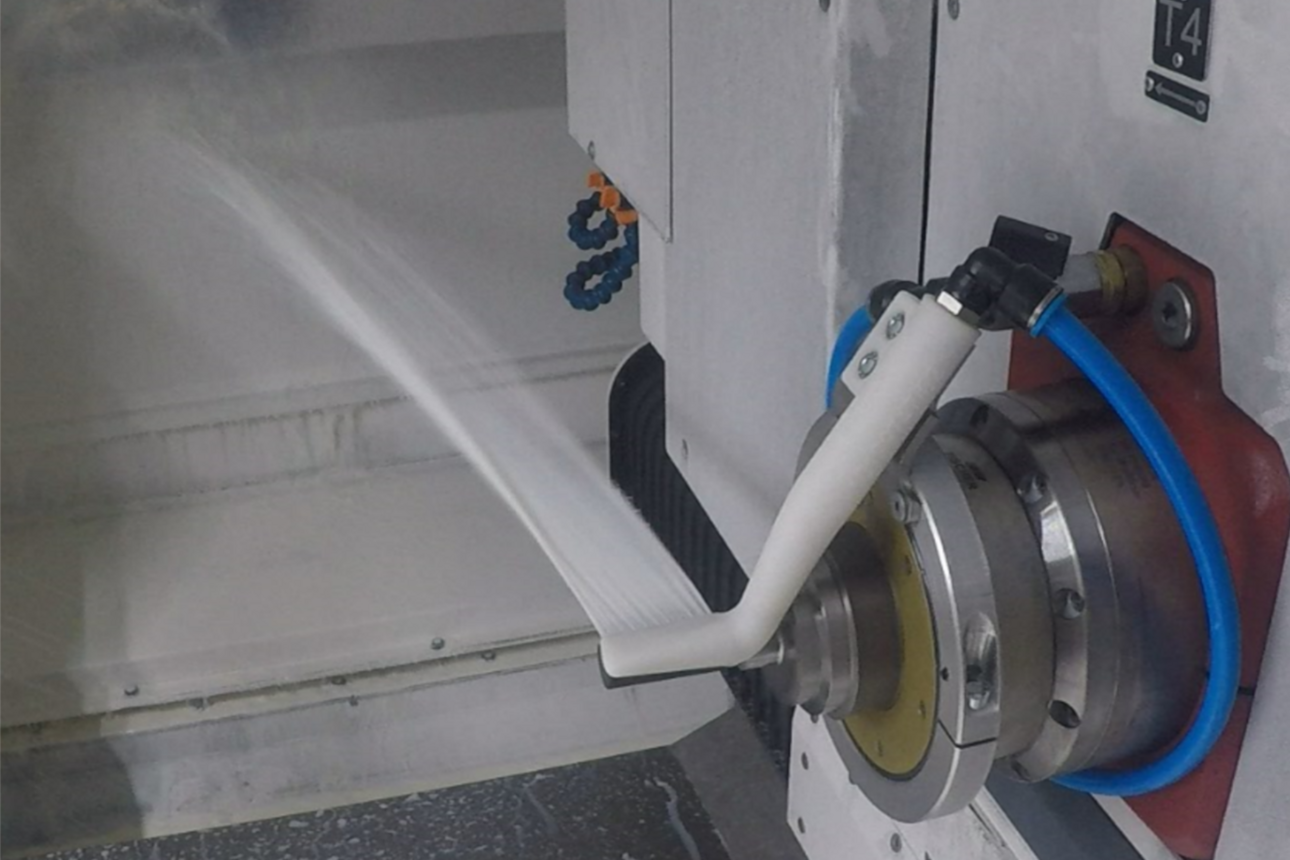Design for Additive Manufacturing
Design for Additive Manufacturing (DfAM) is characterized by a high degree of design freedom. With the help of lightweight construction approaches, topology optimization or a function-integrated design, added values can be presented to the customer on the component, which economically justify the production of these components even with comparatively expensive AM processes. In addition, the freedom of design and the independence of batch sizes in terms of production costs allow completely new business models, ranging from the production of customer-specific products to on-demand spare parts business.
Upon request, we support our customers already in the early phase of product design in order to consider the listed advantages in the best way.
Simulation
In 2020, we have established a simulation competence center at Irpd in order to offer our customers, in addition to our 3D printing and DfAM services, the possibility to support them in the development of technologically advanced and exceptional solutions based on simulative studies. In addition to the know-how for FEM calculations on stresses, deformations and temperature fields, we also have the necessary competence to answer fluid dynamic problems such as velocity, pressure loss, turbulence or heat transfer on complex components by means of fluid mechanical simulations (CFD, Computational Fluid Dynamics). From the simulation studies, optimal product designs can be derived that ideally meet their function and can be excellently manufactured using our AM processes.
This form of symbiosis between simulation-based component development and additive component manufacturing is unique in Switzerland to date.
For our simulative studies, we rely on our tool chain consisting of products from the software providers Ansys, OpenFoam and ParaView.




![[Translate to English:]](https://cdn.irpd.ch/typo3temp/assets/_processed_/a/a/csm_1a8b86b8fa97abf4544a0239b66a02556c3b0df3-fp-320-180-0-0_2c74861662.jpg)
![[Translate to English:]](https://cdn.irpd.ch/typo3temp/assets/_processed_/a/a/csm_1a8b86b8fa97abf4544a0239b66a02556c3b0df3-fp-320-180-0-0_ff94fe32d8.jpg)
![[Translate to English:]](https://cdn.irpd.ch/typo3temp/assets/_processed_/6/c/csm_1a8b86b8fa97abf4544a0239b66a02556c3b0df3-fp-768-320-0-0_52ecc0336a.jpg)
![[Translate to English:]](https://cdn.irpd.ch/typo3temp/assets/_processed_/6/c/csm_1a8b86b8fa97abf4544a0239b66a02556c3b0df3-fp-768-320-0-0_9e0734281f.jpg)
![[Translate to English:]](https://cdn.irpd.ch/typo3temp/assets/_processed_/4/1/csm_1a8b86b8fa97abf4544a0239b66a02556c3b0df3-fp-1280-420-0-0_fc89a78429.jpg)
![[Translate to English:]](https://cdn.irpd.ch/typo3temp/focuscrop/1a8b86b8fa97abf4544a0239b66a02556c3b0df3-fp-1500-500-0-0.jpg)
















